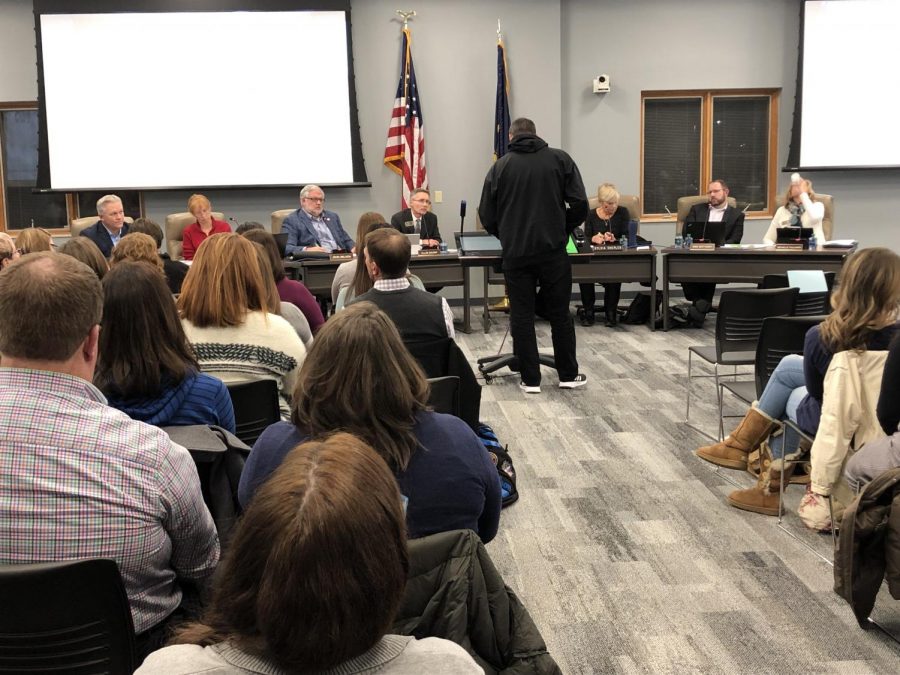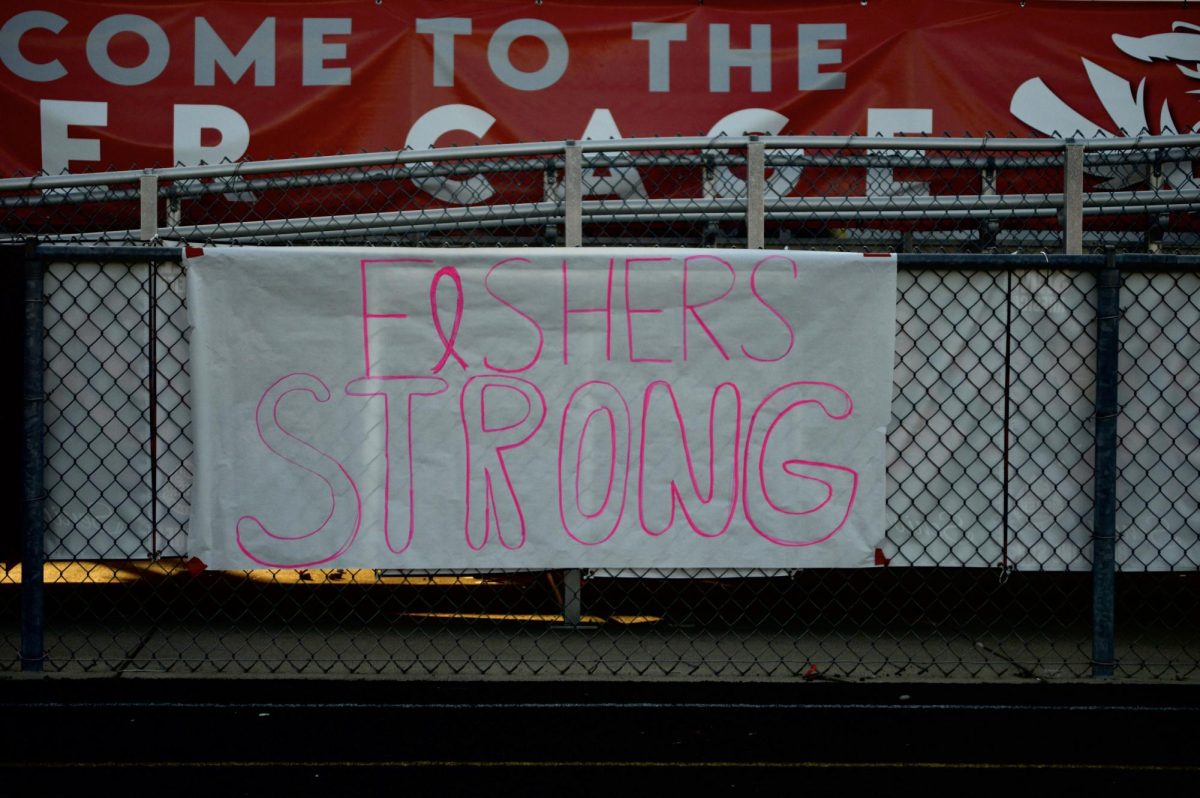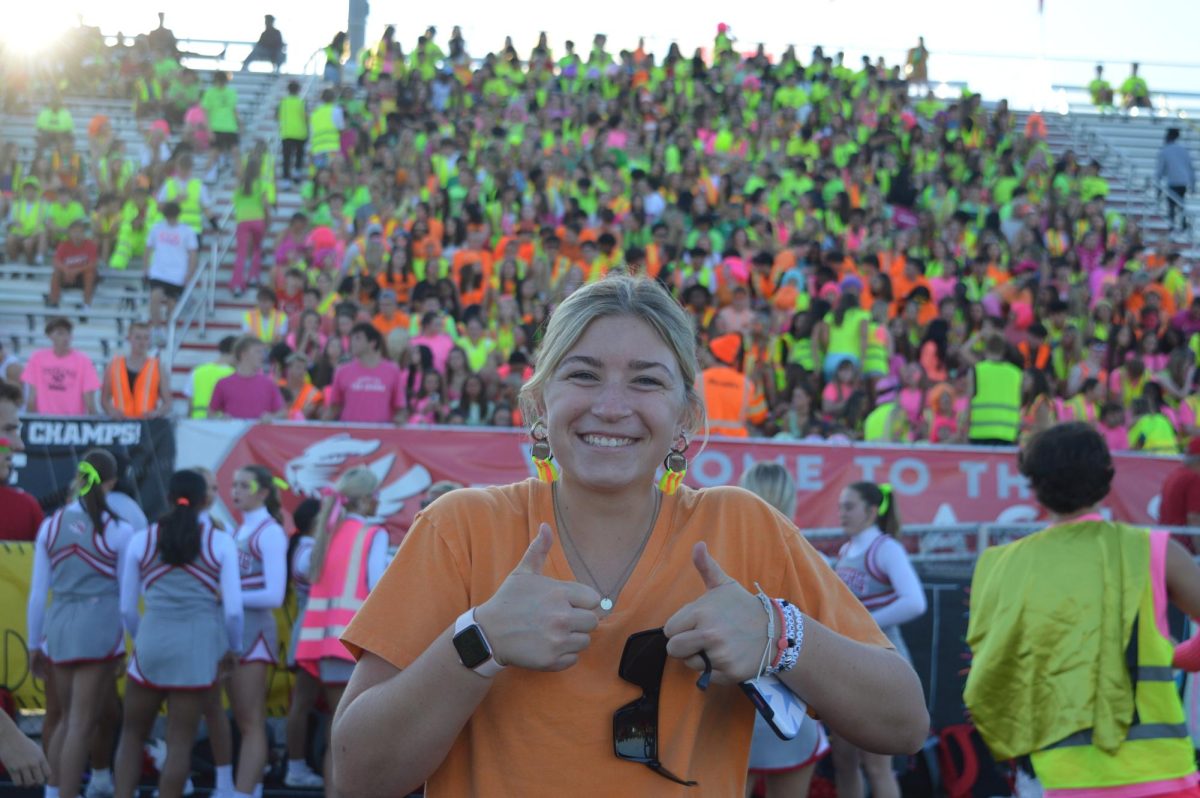School board nears final decision on redistricting plan
Community members voice both their concern and support of the new redistricting plan in front of the school board on Nov. 28.
November 30, 2018
Opponents of the school board’s redistricting plan packed the seats at Central Office as the board met in public to begin finalizing the process, which it plans to incorporate next year. They wanted to see a vote by the end of the night.
The board heard from 25 members of the public at the Nov. 28 meeting, with the majority of them being parents from the Durbin and Harrison Parkway Elementary schools which the preferred plan impacts the most. Many of them intentionally built their homes close to their current schools, only to discover that their children will have to attend the sixth or seventh-closest school.
“People put their lives on hold for four years until we could find what we needed, but we have no control over this,” parent Katy Kowlsk said. “And I can’t explain to my 13-year-old why. I can’t give him an answer.”
None of the three plans that the board had on the table in October survived. Rather, the board put forward a new plan based on community input from early November. Although the new plan redistricts over a thousand fewer people, opponents noted that it became official just two days before the board intended to reach a decision on it.
The board emphasized that even if it did not account for future population growth, at least 1,500 students would have to be redistricted without question. Still, some called the human cost too high to ignore.
“Perceived social support is one of the three main predictors of positive mental health,” sports psychology coach Rob Doe said. “Since this is community-driven, [redistricting] leads to the erosion of perceived social support.”
The new plan targets a problem that previous ones did not fully address by more evenly spreading out the percentage of students qualifying for free or reduced lunch (FRL) at each school. Federal funds are distributed to schools at a flat rate that cannot be changed, so if too many FRL students attend one school, that school will not receive proportional funding to cover the extra cost.
“We try to even that number out so that we don’t impose a burden on any of the buildings beyond that of any neighboring buildings,” superintendent Dr. Allen Bourff said.
Bourff also shifted the focus to the population divide between HSE and FHS, which he predicted will be the subject of future redistricting. Looking ahead, they hope to focus on making equal use of each high school’s unique programs and making their populations nearly identical.
At the end of the meeting, members of the board admitted that there were certain subdivisions that could be effectively redistricted, yet stated that it had no plans of making further revisions to the plan. It did not make a final decision, but intends to vote on the current plan on Dec. 12.









